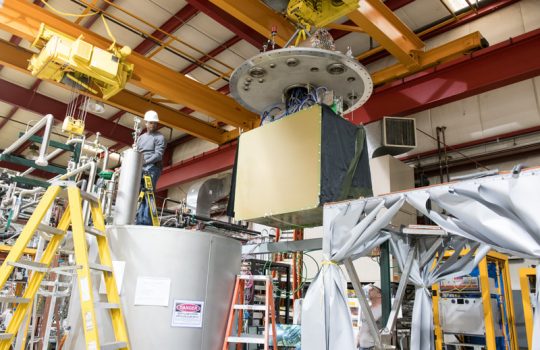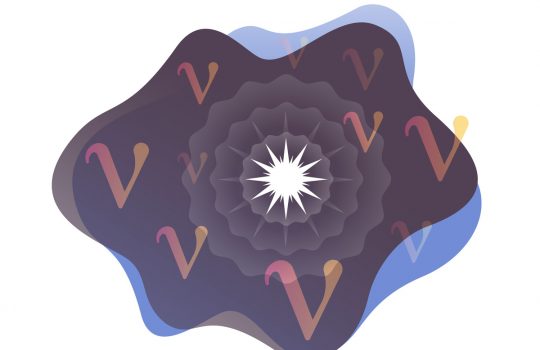Powerful new observatory will taste neutrinos’ flavors
From Scientific American, Sept. 22, 2020: The Chinese JUNO experiment will aim to answer a mystery about the particles’ mass. It will be joined by the international Deep Underground Neutrino Experiment later this decade in its search for answers that neutrinos can provide. Fermilab Deputy Director Joe Lykken weighs in on how neutrinos will address the universe’s pressing questions.



